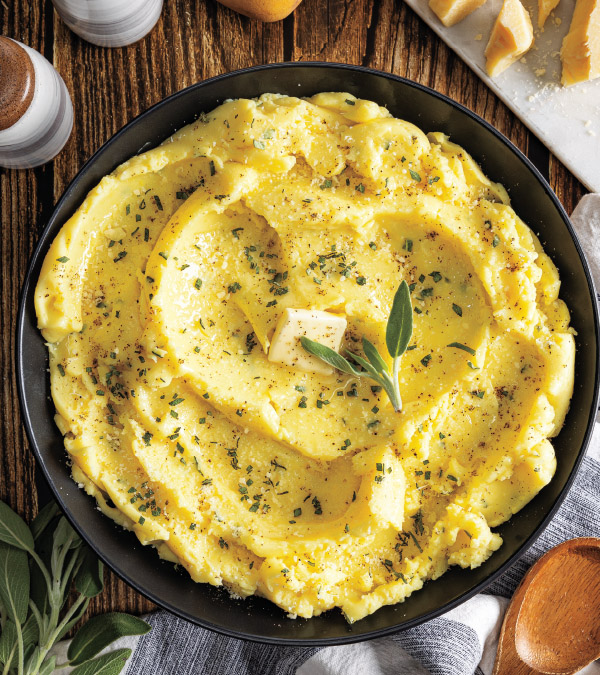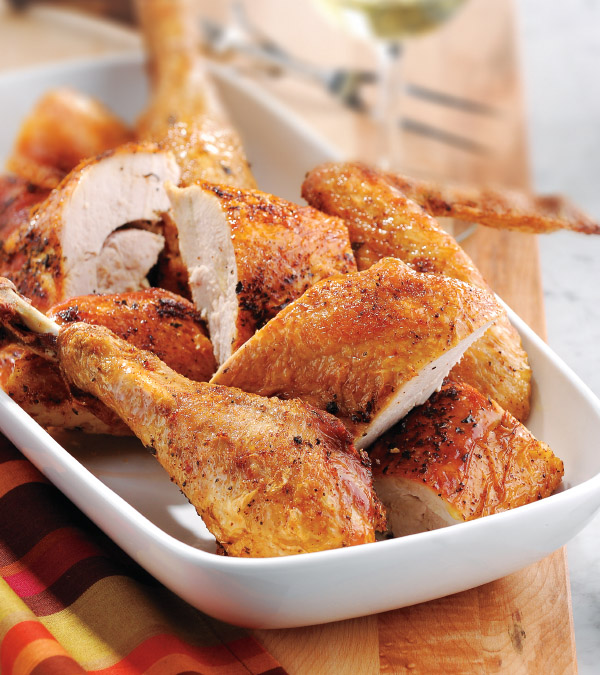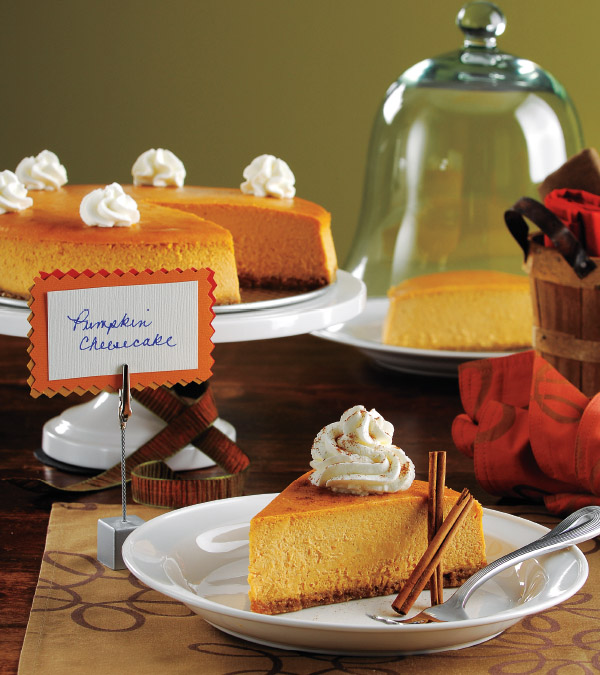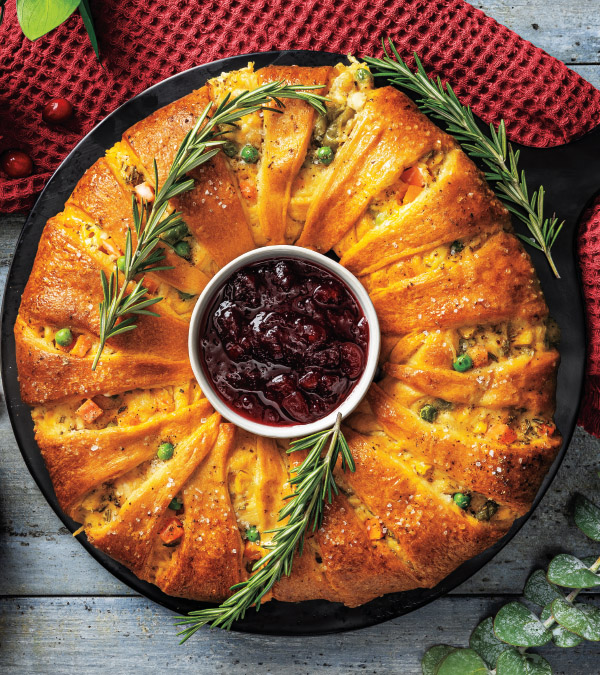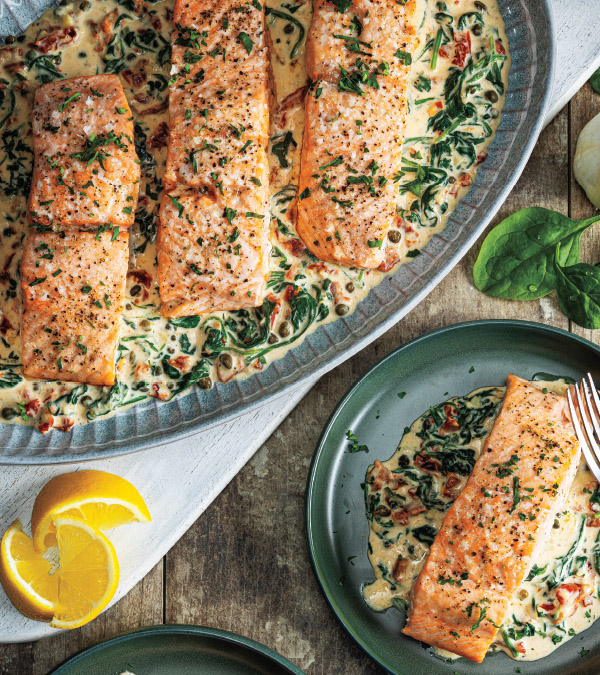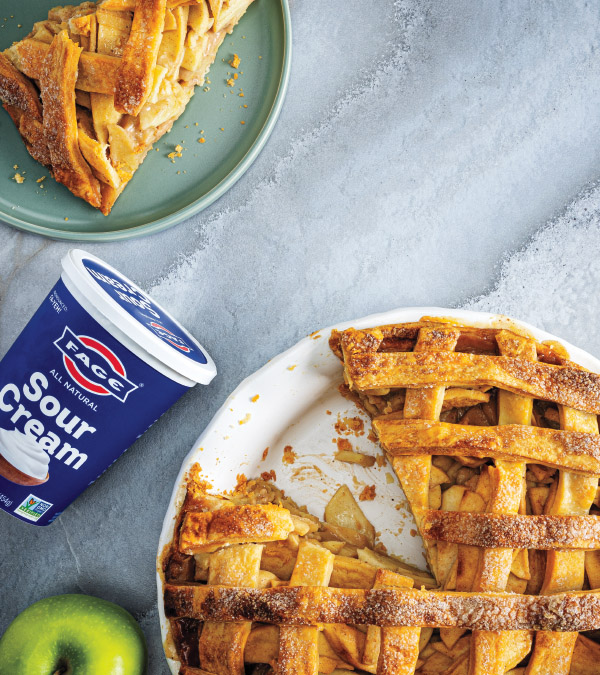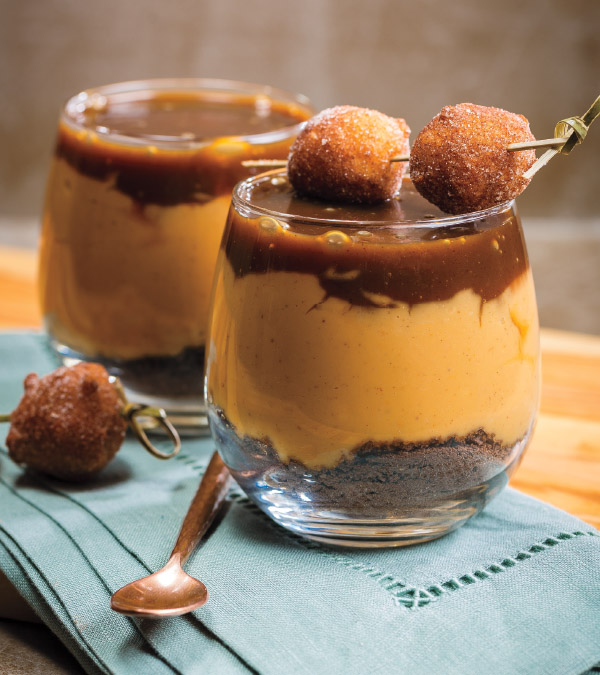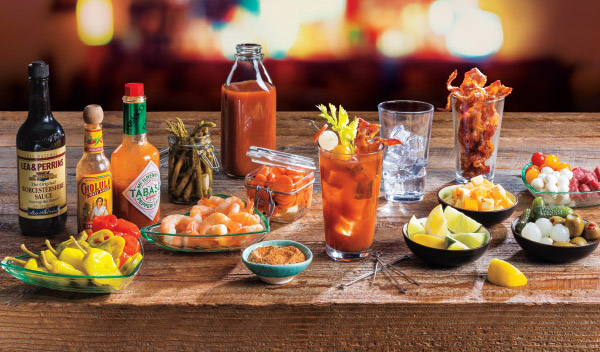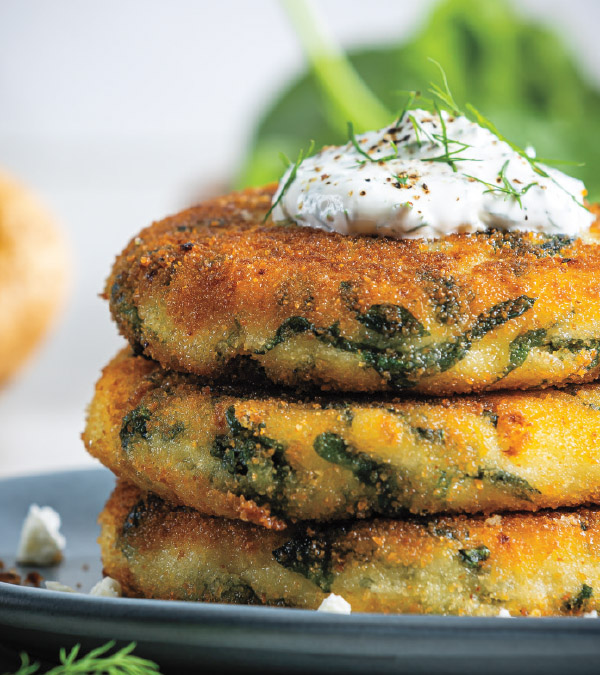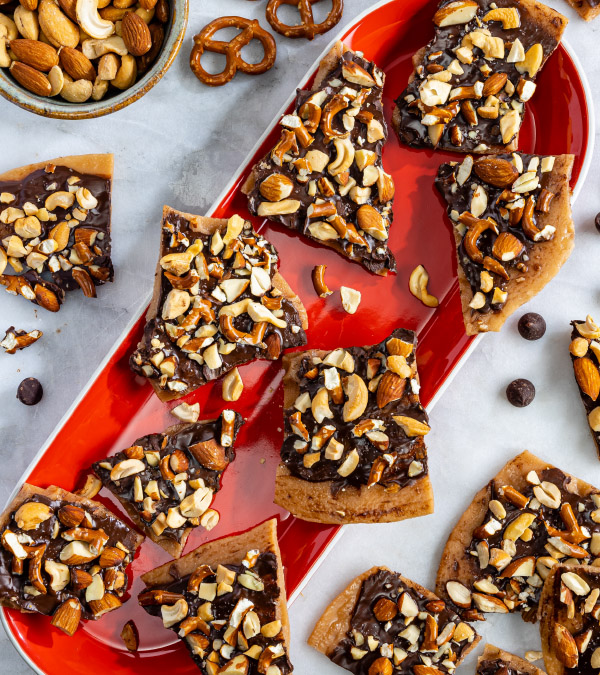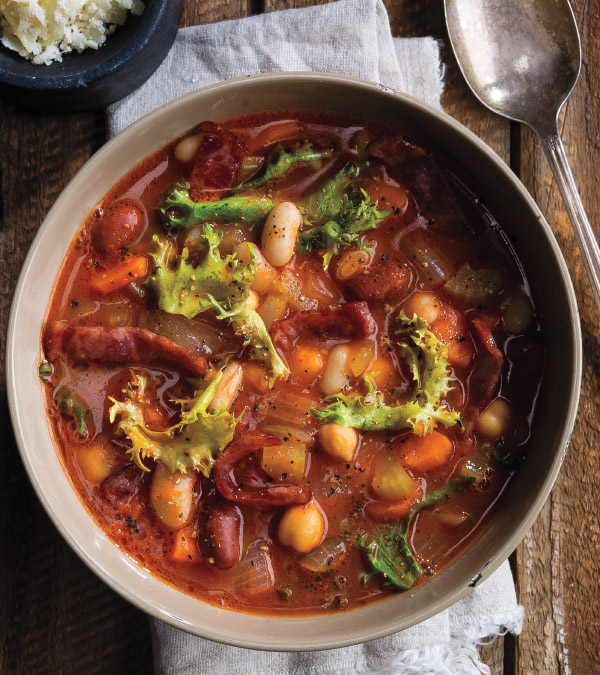Prep: 15 minutes
Cook: 15 minutes • Serves: 10 Continue reading
Tags: 21hol
Deep-Fried Turkey
Prep: 30 minutes plus standing
Deep-Fry: 40 minutes • Serves: 12 Continue reading
Slow Cooker Citrus-Beer Turkey Breast
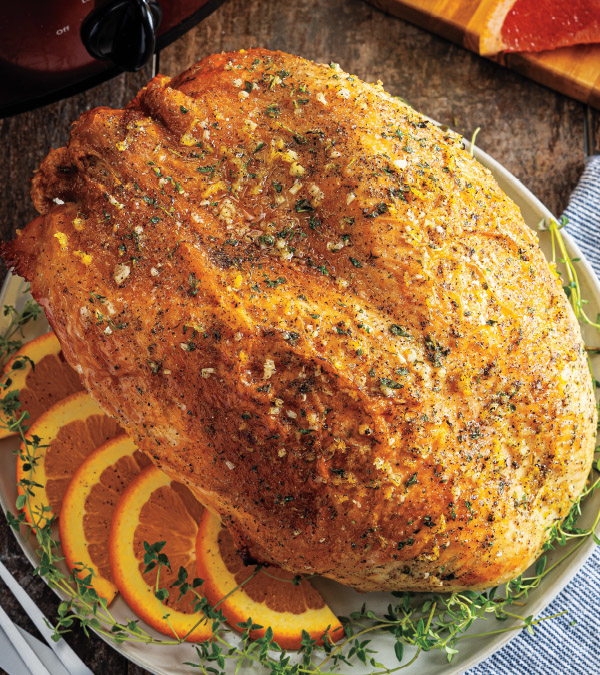


Slow Cooker Citrus-Beer Turkey Breast
Prep: 15 minutes
Slow Cook: 4 hours • Serves: 12 Continue reading
Slow Cooker Thanksgiving Stuffing
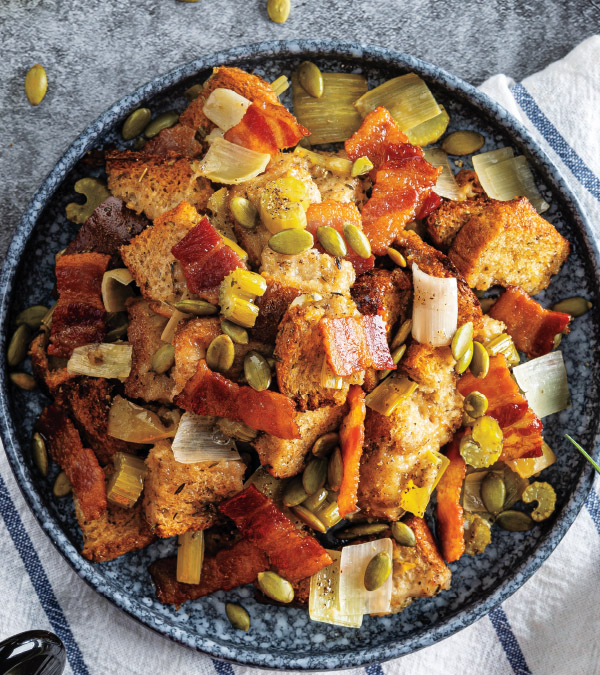


Slow Cooker Thanksgiving Stuffing
Prep: 15 minutes
Slow Cook: 2 hours • Serves: 12 Continue reading
Pumpkin Cheesecake
Prep: 35 minutes plus chilling and cooling
Bake: 1 hour 35 minutes • Serves: 12 Continue reading
Skillet Pear Pie with Vanilla Ice Cream
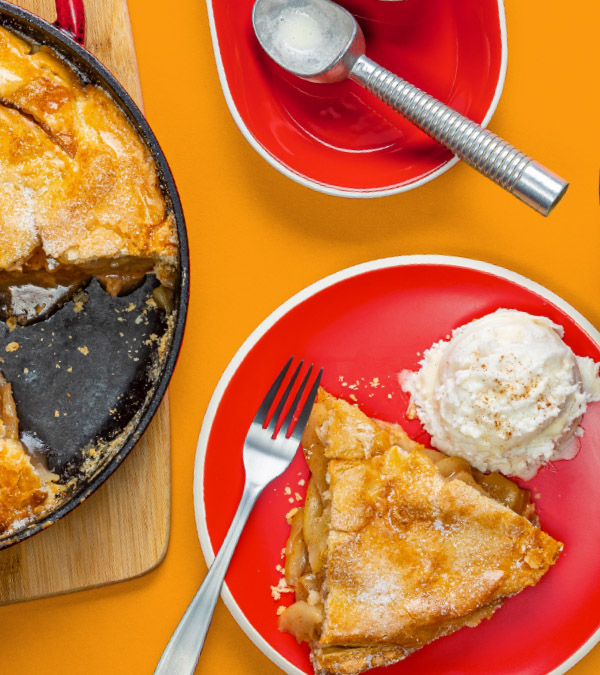


Skillet Pear Pie with Vanilla Ice Cream
Prep: 20 minutes plus cooling
Bake: 1 hour • Serves: 8 Continue reading
Turkey Pot Pie Wreath
Prep: 25 minutes plus cooling
Bake: 30 minutes • Serves: 8 Continue reading
Pepper-Crusted Ribeye with Garlic-Thyme Butter
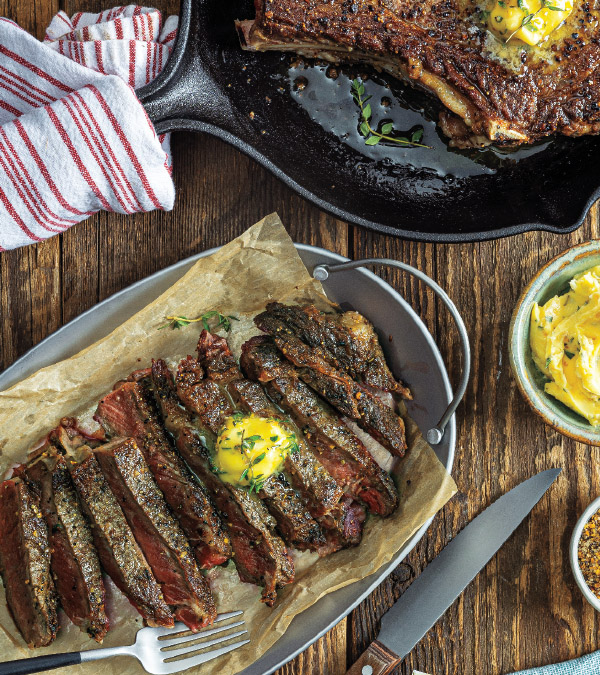


Pepper-Crusted Ribeye with Garlic-Thyme Butter
Prep: 10 minutes plus standing
Cook: 12 minutes • Serves: 4 Continue reading
King’s Hawaiian® Smoky Bacon & Apple Stuffing
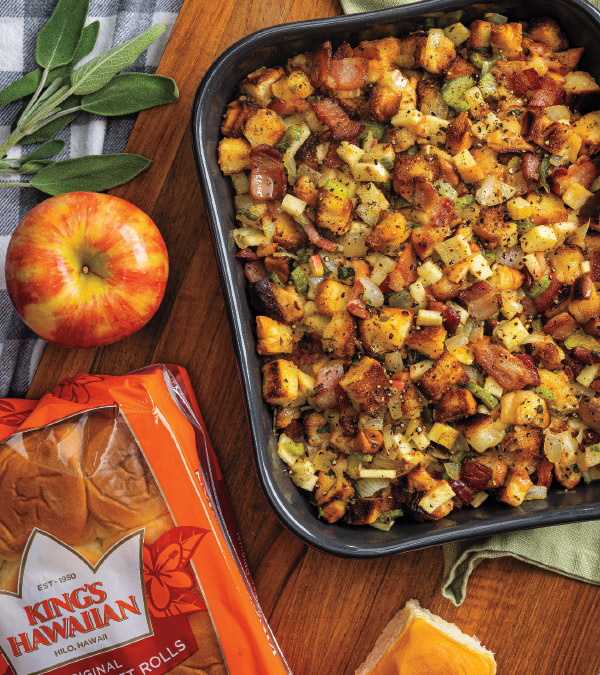


King’s Hawaiian® Smoky Bacon & Apple Stuffing
Prep: 40 minutes
Bake: 45 minutes • Serves: 8 Continue reading
Smoked Salmon Croquettes with Horseradish-Scallion Dip
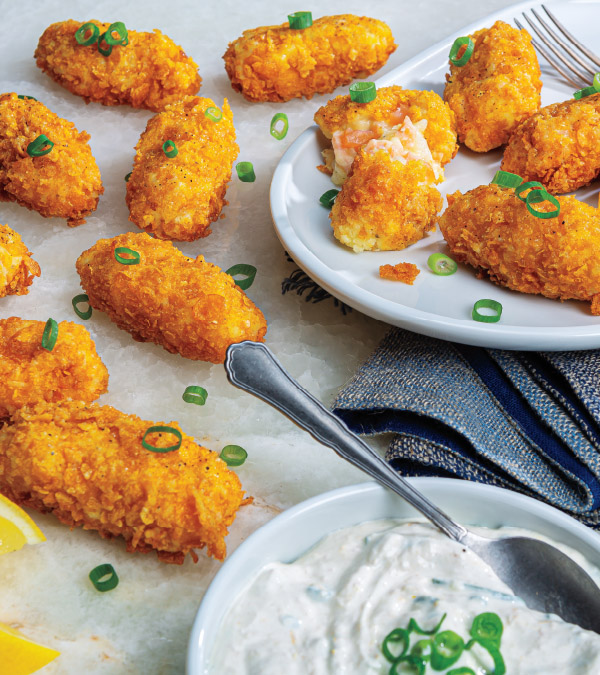


Smoked Salmon Croquettes with Horseradish-Scallion Dip
Prep: 25 minutes plus chilling and cooling
Cook: 15 minutes • Serves: 6 Continue reading
Creamy Tuscan Salmon
Prep: 15 minutes
Bake/Cook: 15 minutes • Serves: 8 Continue reading
Herb-Encrusted Beef Tenderloin
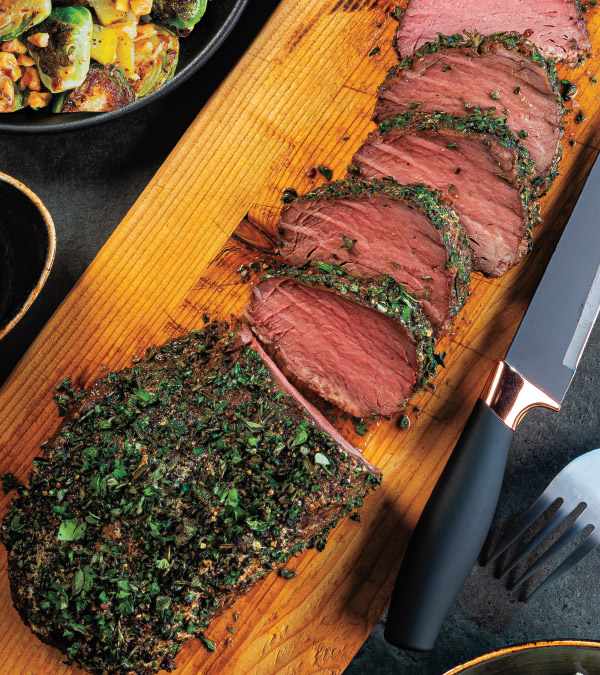


Herb-Encrusted Beef Tenderloin
Prep: 10 minutes plus standing
Roast: 2 hours 7 minutes • Serves: 16 Continue reading
Apple Pie with Homemade Crust
Prep: 2 hours • Bake: 1 hour 30 minutes Continue reading
Apple-Cranberry Salad with Poppy Seed Dressing
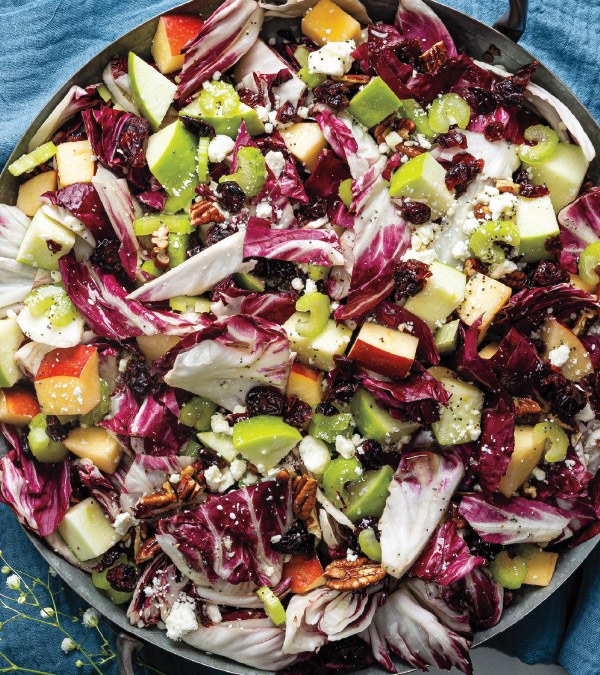


Apple-Cranberry Salad with Poppy Seed Dressing
Prep: 15 minutes
Cook: 4 minutes • Serves: 8 Continue reading
Spiced Buttered Rum Budino
Prep: 20 minutes plus chilling
Cook: 15 minutes • Serves: 8 Continue reading
Classic Holiday Sugar Cookies
Prep: 1 hour plus chilling, cooling and drying
Bake: 20 minutes • Serves: 32 Continue reading
DIY Bloody Mary Bar
Quick-Pickled Asparagus
Prep: 10 minutes plus chilling
Cook: 5 minutes • Serves: 8 Continue reading
Pomegranate Cosmo
Prep: 15 minutes plus cooling and standing
Cook: 5 minutes • Serves: 4 Continue reading
Beer-Steamed Mussels with Peppers & Shallots
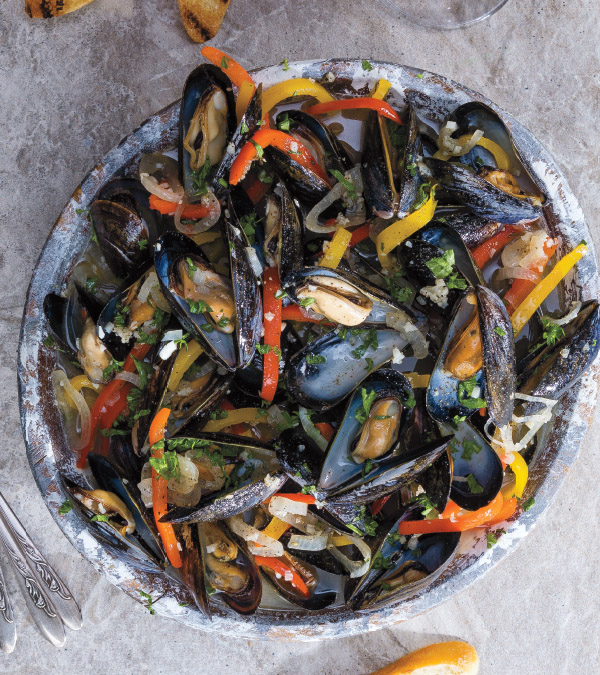


Beer-Steamed Mussels with Peppers & Shallots
Prep: 25 minutes
Cook: 10 minutes • Serves: 4 Continue reading
Greek Sheet-Pan New York Strip Steak with Roasted Tomatoes, Artichokes & Fingerlings
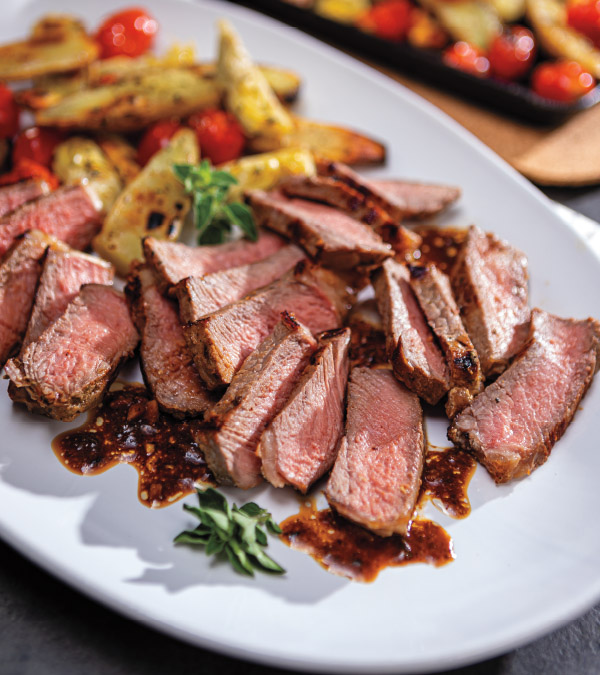


Greek Sheet-Pan New York Strip Steak with Roasted Tomatoes, Artichokes & Fingerlings
Prep: 20 minutes
Roast: 35 minutes • Serves: 4 Continue reading
Mahi-Mahi Tacos with Mango-Lime Crema
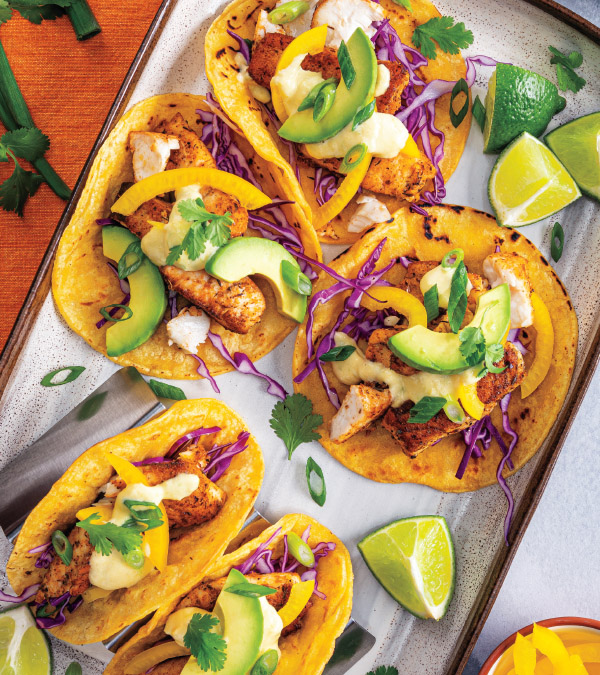


Mahi-Mahi Tacos with Mango-Lime Crema
Prep: 20 minutes
Cook: 8 minutes • Serves: 4 Continue reading
Chicken Parmesan Mini Meatloaves
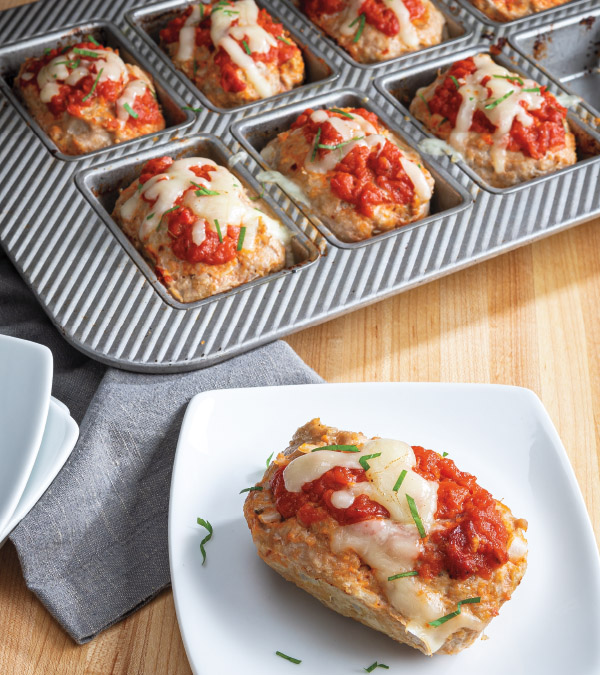


Chicken Parmesan Mini Meatloaves
Prep: 15 minutes
Bake: 30 minutes • Serves: 8 Continue reading
4 Ways to Cook Your Turkey!
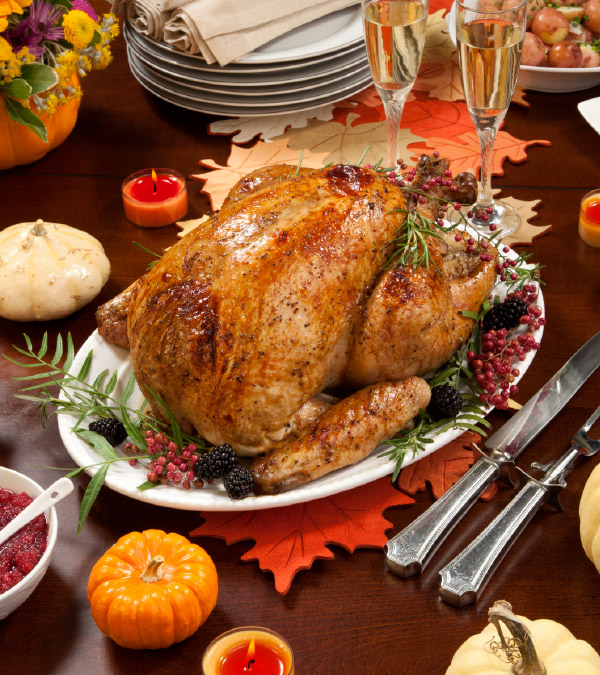
4 Ways to Cook Your Turkey!
For most of us, a classic roasted turkey is the traditional centerpiece on the Thanksgiving table. If you’re looking to get creative with preparing your holiday bird this year, here are a few methods to try.
1. Slow Cooker
For a guaranteed moist bird and nearly effortless preparation, cook a whole bird in your slow cooker on low for 6 to 8 hours. Cooking time will vary depending on the size of your turkey. First, be sure the turkey you want to purchase will fit in your slow cooker, then enjoy this tasty low-maintenance method. This technique is also perfect for cooking turkey breast for a smaller gathering.
2. Smoked
Prepare a tender, flavorful turkey by smoking it in your oven or a smoker. Add aromatic woodchips such as apple, peach, cherry or oak. Plan for about 30 to 40 minutes per pound when using this method.
3. Spatchcocked
A technique ensuring even cooking, spatchcocking involves butterflying the bird, removing the spine, and then completely flattening the turkey. The flatter the turkey, the crispier the skin will be. Roast your spatchcocked turkey on a rimmed baking pan in the oven until it reaches 165°.
4. Deep-fried
Taking less time than a traditional oven-roasted turkey, deep-frying your bird frees up oven space for other holiday favorites and gives you a flavorful, juicy entrée with crispy skin. You’ll need a large aluminum fryer pot and a propane burner for this technique (find tips and safety precautions on page 5). Fry your turkey for approximately 3½ minutes per pound (about 40 to 50 minutes for a 12- to 14-pound turkey).
22 Essentials to Have on Hand This Holiday Season

22 Essentials to Have on Hand This Holiday Season
The best way to make the most of the holiday season?
Keeping essentials on hand for easy and inspiring entertaining. From local produce and cheeses to baking necessities and everyday utensils, find thousands of quality store brand products in every department and every aisle that offer integrity, value and savings. Use our checklist to stock up on the must-have items of the season that will help you make every meal easy, mouthwatering and memorable.
✔ PICS Baking Powder
✔ PICS All Purpose Flour
✔ Market 32 Chopped Walnuts
✔ PICS Chicken Stock
✔ PICS Diced Tomatoes
✔ Simply Done Plates & Cutlery
✔ Simply Done Food Storage Containers
✔ PICS Maple Syrup
✔ PICS Artisanal Crackers
✔ PICS Pure Vanilla Extract
✔ PICS Steambag Vegetables
✔ PICS Coffee
✔ Market 32 Fresh Mozzarella
✔ PICS Cheddar Cheese
✔ Market 32 Bread
✔ PICS Olive Oil
✔ PICS Instant Gravy
✔ PICS Cranberry Jelly
✔ Market 32 Tote Apples
✔ PICS Stick Butter
✔ PICS White Granulated Sugar
✔ PICS Pumpkin Puree
Cooking with Olive Oil
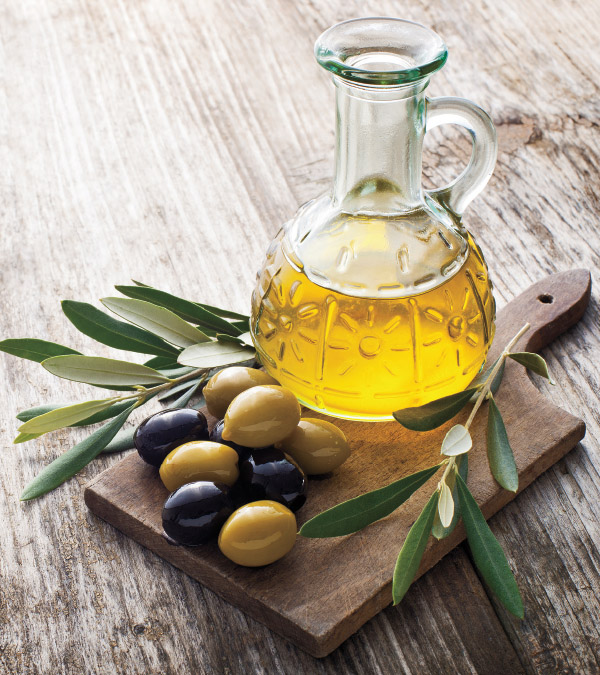
Cooking with Olive Oil
Olive oil, the oil extracted from the fruit of olive trees, provides a good source of vitamin E and heart-healthy monounsaturated fats. It’s a multipurpose ingredient that adds sophistication to everyday meals; however, it’s easy to get confused about which varieties to choose and how they differ. Every type of olive oil gets its unique flavor from the way it’s extracted and processed. We’ve highlighted the characteristics, flavor profiles and best uses for some of the most popular olive oils to help you choose the kind that best suits your culinary needs.
Extra Virgin Olive Oil: Extra virgin olive oil is the highest grade and least processed olive oil available. This variety must meet specific criteria and chemical composition to be labeled “extra virgin.” It’s made by grinding olives into a paste and then cold-pressing to extract the oil. This production process involves no heat, which allows the oil to retain its nutrients and antioxidants. With a distinctive fruity aroma and strong peppery flavor, extra virgin olive oil boosts the taste and nutrient profile of any cooking application. However, it’s best in dishes where the flavor of olive oil can shine, such as dressings, dips and finishing sauces.
Pure Olive Oil: Pure olive oil is considered a refined olive oil. After being extracted from the olives, it undergoes additional processing to refine any impurities. The solvents and high temperatures involved in this process alter the oil’s nutrients, color, aroma and flavor. Pure olive oils are typically blended with a small amount of extra virgin olive oil to regain some of these attributes. With a high smoke point and neutral flavor, pure olive oil is best used for everyday cooking and low-heat sautéing.
Extra Light Olive Oil: Another refined oil, extra light olive oil has a light color, aroma and flavor. This variety has a longer shelf life and contains fewer nutrients due to the high-heat methods used during processing. The mildest of all the oils, extra light has a higher smoke point than pure or extra virgin, withstanding higher temperatures before breaking down. Pale with a neutral flavor, extra light olive oil is best used in baking applications where a robust olive taste won’t be missed. It’s also ideal for high-heat cooking applications such as frying, roasting or sautéing.
Smoked Olive Oil: Smoked olive oil is a newer variety of this pantry staple. It’s produced by cold-infusing smoky flavored woods into olive oil. This process creates delightfully buttery and smoky oil without exposing it to light or heat, ensuring its nutritional attributes are intact. It maintains smooth, rich, olive tastes while bringing recipes to life with an elegant, smoky finish. With a slightly robust flavor, a small amount of smoked olive oil goes a long way. Add it to grilled proteins or vegetables, drizzle over fresh mozzarella or use as a dipping oil for bread.
Building the Perfect Holiday Cheeseboard
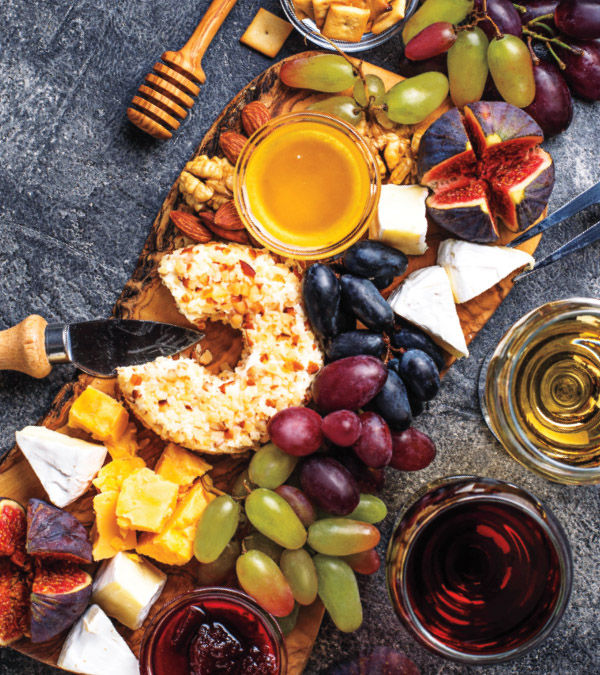
Building the Perfect Holiday Cheeseboard
Impress your guests this holiday season with an easy-to-assemble cheeseboard. From rich and creamy to hard and chunky, there are a variety of sizes, shapes and textures to choose from.
First, you’ll want an assortment of cheeses with varying textures, colors, flavors and shapes for visual appeal. Here are some suggestions of varieties to select:
Fresh and soft cheeses: Brie, Camembert, chèvre, mozzarella
Semisoft cheeses: Edam, fontina
Hard cheeses: Cheddar, Gruyère, Manchego, Parmigiano-Reggiano
Blue cheeses: Gorgonzola, Roquefort, Stilton
A rustic cutting board works well for presenting cheese along with complementing accompaniments like:
• chunks or slices of baguette or other crusty bread
• assorted olives
• fresh fruit including red grapes, apples or pears
• assorted crackers
• dried fruits such as figs, dates, apples or cherries
• nuts like cashews, almonds, pecans or macadamias
• honey, jams or chutneys
Finally, decorate your board to celebrate the season using natural items such as fresh herbs, whole cranberries or chestnuts.
Cheese is best served at room temperature. Assemble the cheeses on your board in advance and refrigerate, then let stand at room temperature 30 minutes before serving.
Add any accompaniments just before serving.
Healthy Breakfast Ideas
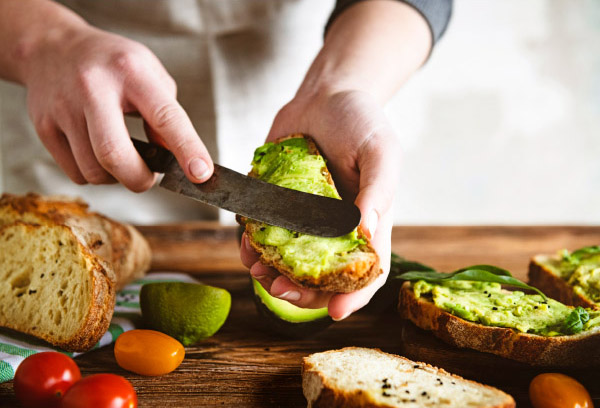
Healthy Breakfast Ideas
Start your day off right with these five breakfast combinations that will fill you up without weighing you down.
Avocado + Egg + Whole-Grain Bread
This tasty trio makes a satisfying breakfast treat packed with healthy fats and antioxidants.
Banana + Dark Chocolate + Nut Butter
This combo features three essential nutrients to start your day: fiber, antioxidants and protein. Put them in a smoothie or atop a slice of whole-grain bread.
Oats + Mixed Berries + Yogurt
Combine digestion-friendly oats and nutrient-rich berries in fat-free yogurt containing calcium and protein for the ultimate power breakfast.
Whole Wheat Wrap + Preserves + Cottage Cheese + Nuts
In a whole wheat wrap, place vitamin-rich fruit-only preserves, low-fat cottage cheese and protein-packed nuts. These can be assembled the night before hectic mornings.
Apples + Cheese + Flaxseed Crackers
Apples are sweet, filling and nutritious and pair perfectly with low-fat cheese atop flaxseed crackers containing omega-3 fatty acids.
Spanakopita Potato Cakes
Prep: 20 minutes
Cook: 25 minutes • Makes: 16 cakes Continue reading
Roasted Apple & Brussels Sprouts Salad
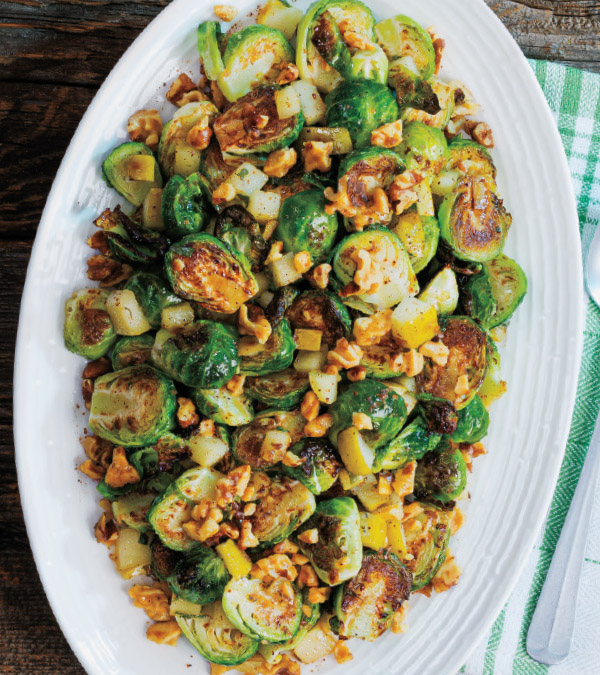


Roasted Apple & Brussels Sprouts Salad
Prep: 10 minutes
Roast: 20 minutes • Serves: 4 Continue reading
Nutty Pretzel Toffee
Prep: 15 minutes plus cooling
Cook: 10 minutes • Serves: 18 Continue reading
Whipped Avocado, Feta & Pomegranate Crostini
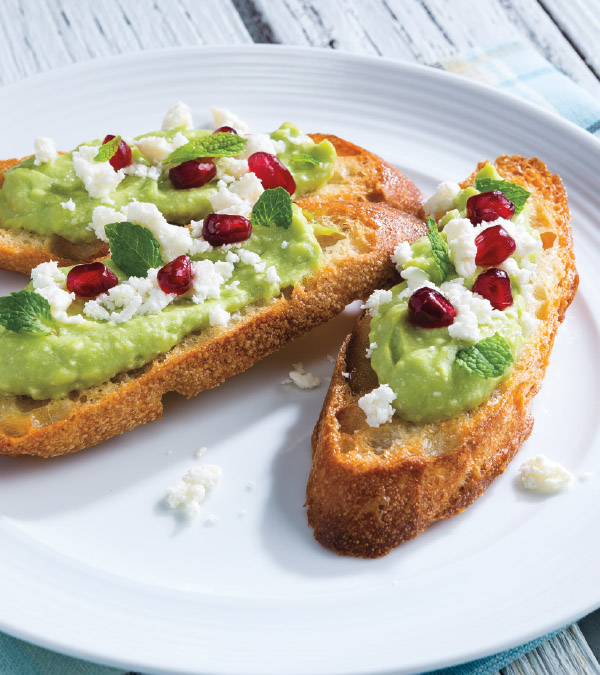


Whipped Avocado, Feta & Pomegranate Crostini
Prep: 10 minutes
Bake: 15 minutes • Serves: 6 Continue reading
Loaded Leftover Soup with Stuffing Croutons
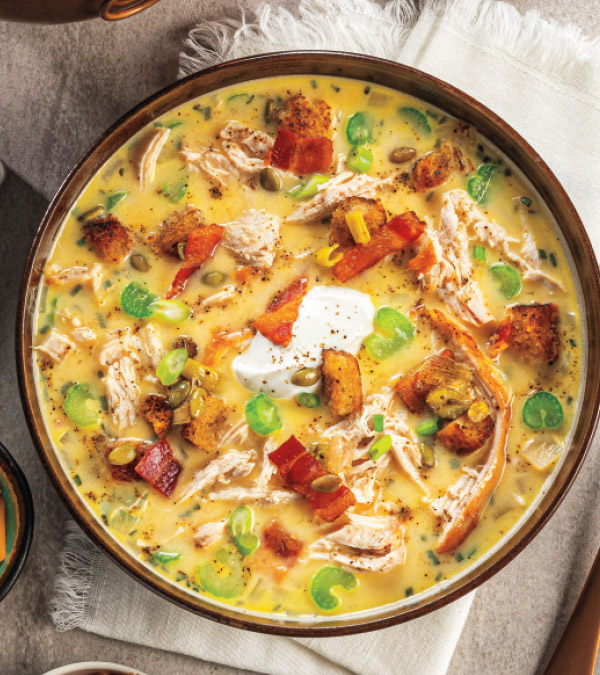


Loaded Leftover Soup with Stuffing Croutons
Prep: 25 minutes
Cook: 15 minutes • Serves: 8 Continue reading
Tuscan Bean Soup
Prep: 10 minutes
Cook: 40 minutes • Serves: 6 Continue reading

